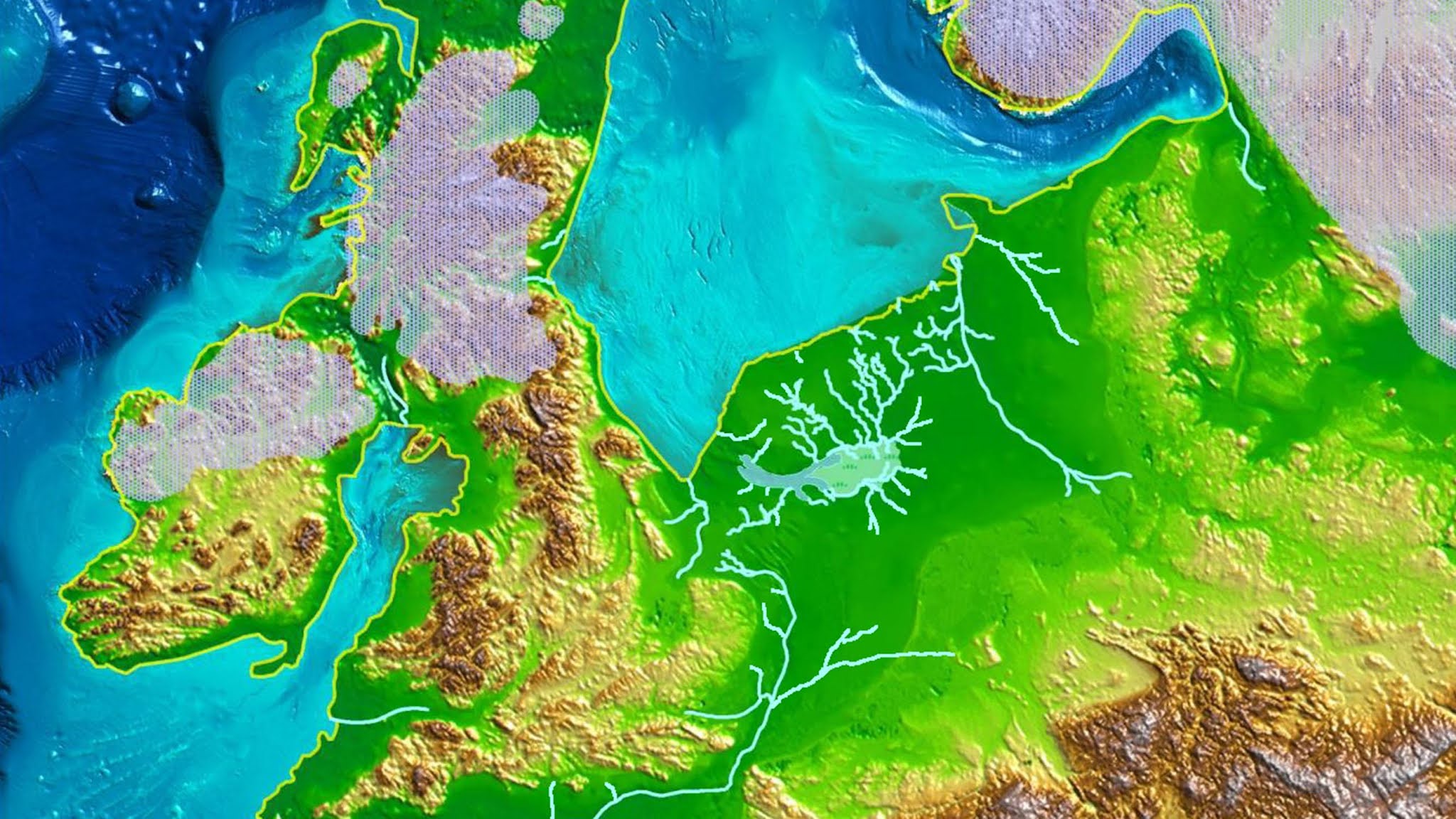11. Port Royal
This city was a haven for pirates and privateers who would congregate to attack and steal, giving it the title of the “wickedest city in the world.” In 1655, the English conquered Jamaica from the Spanish. They established the unofficial capital of Port Royal on the southeast coast, at the mouth of Kingston Harbor.
10. Pavlopetri
Pavlopetri is the oldest submerged city in the world!! In 2011, it was the first underwater city to be digitally mapped and recorded in three dimensions, then brought back to life with computer graphics thanks to the BBC!!
9. Bristol Channel Floods
On the morning of January 30, 1607, over 200 square miles (518 km2) of southwest England and Wales were overrun by a massive surge of seawater in what became known as the Bristol Channel Floods. According to one witness, the flood appeared as “huge and mighty hills of water, tumbling one over another,” and moved forth over the landscape with “great swiftness.”
8. The Eltanin Antenna
In 1964 -- over 55 years ago -- the oceanographic research vessel USNS Eltanin, formerly a U.S. Navy ice-breaking cargo ship, photographed a strange, antenna-like object on the seafloor west of Cape Horn, off Chile’s Tierra del Fuego archipelago, where it appears to stand upright some 12,808 feet (3,904 meters) below the water’s surface.
7. The Great Drowning Of Men
The Grote Mandrenke, or “Great Drowning of Men,” also called the St. Marcellus’s Flood, was an extratropical cyclone of great intensity that came from the North Sea and swept violently over parts of Europe in January 1362, namely the British Isles, the Netherlands, northern Germany, and Denmark.
6. Lake Titicaca Ruins
Lake Titicaca is South America’s largest lake, occupying over 3,300 square miles (8,500 km2) at an unusually high altitude of 12,500 feet (3,810 meters) above sea level. It straddles the Bolivia-Peru border, and the lake contains around 24 submerged archaeological sites, many of which were discovered around 2008 by archaeologist Christophe Delaere, who received information about the ruins from locals.
5. The North Sea & St. Lucia’s Floods
The North Sea Flood of 1212, which devastated the Netherlands, is one of the oldest and deadliest floods, claiming around 60,000 lives and requiring years of recovery. Just 75 years later, on December 14, 1287, the Netherlands was struck yet again, this time by an intense storm tide that came to be known as the St. Lucia’s Flood, which also dealt a massive blow to northern Germany.
4. Rock Lake Pyramids
While some states are home to reported Bigfoot sightings or UFOs, Wisconsin boasts alleged sightings of underwater pyramids, which sit at the bottom of Rock Lake in the state’s south-central region. Located roughly 20 miles (32 km) east of Madison in a town called Lake Mills, the lake is home to submerged rock piles that some people believe are ancient pyramids built by a pre-Columbian civilization before the region was flooded during the 19th century.
3. St. Felix Flood
If you haven’t noticed already, there’s somewhat of a theme when it comes to floods striking in certain parts of the world, namely the low-lying countries of western Europe. November 5, 1530, was no exception for the Netherlands, which seems to be one of the hardest-hit countries when it comes to catastrophic flooding over the centuries.
2. Sunken City Of Cuba
Nearly two decades ago, marine engineer Pauline Zalitzky and her husband, Paul Weinzweig, discovered a series of massive stone blocks, in geometric shapes, in the Caribbean Sea off Cuba using sonar equipment. The mysterious formations, which came to be known as the “Sunken City of Cuba,” sit 2,300 feet (700 meters) below the water’s surface.
1. DOGGERLAND
Doggerland is a submerged region of northwest Europe that once sat on dry land. Britain was once connected to mainland Europe and constituted the northwest edge of the continent before the last Ice Age ended, when sea levels rose and flooded low-lying lands, forming the U.K. island we’re familiar with today.















0 Comments